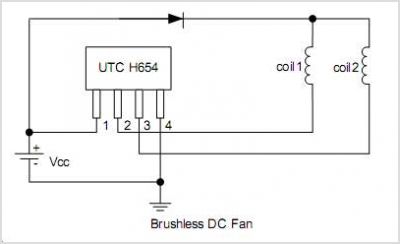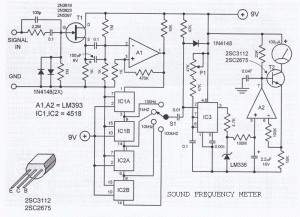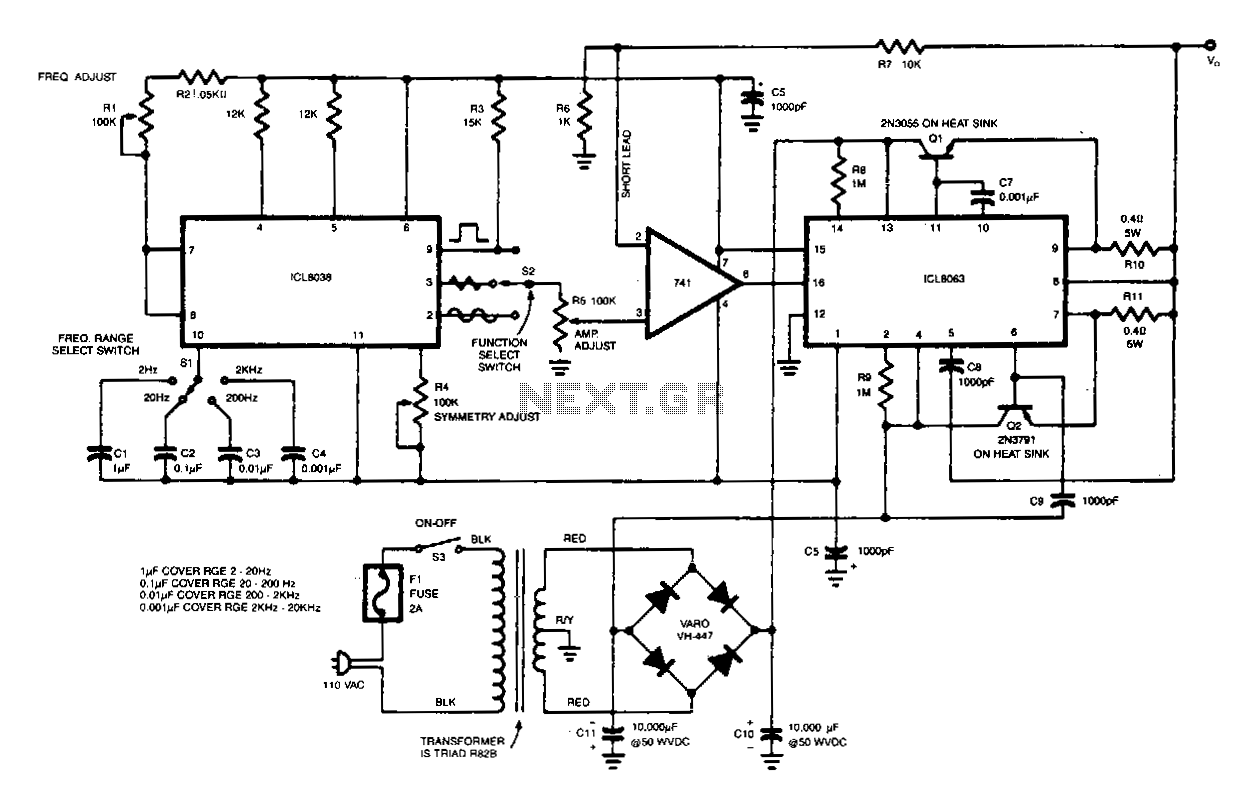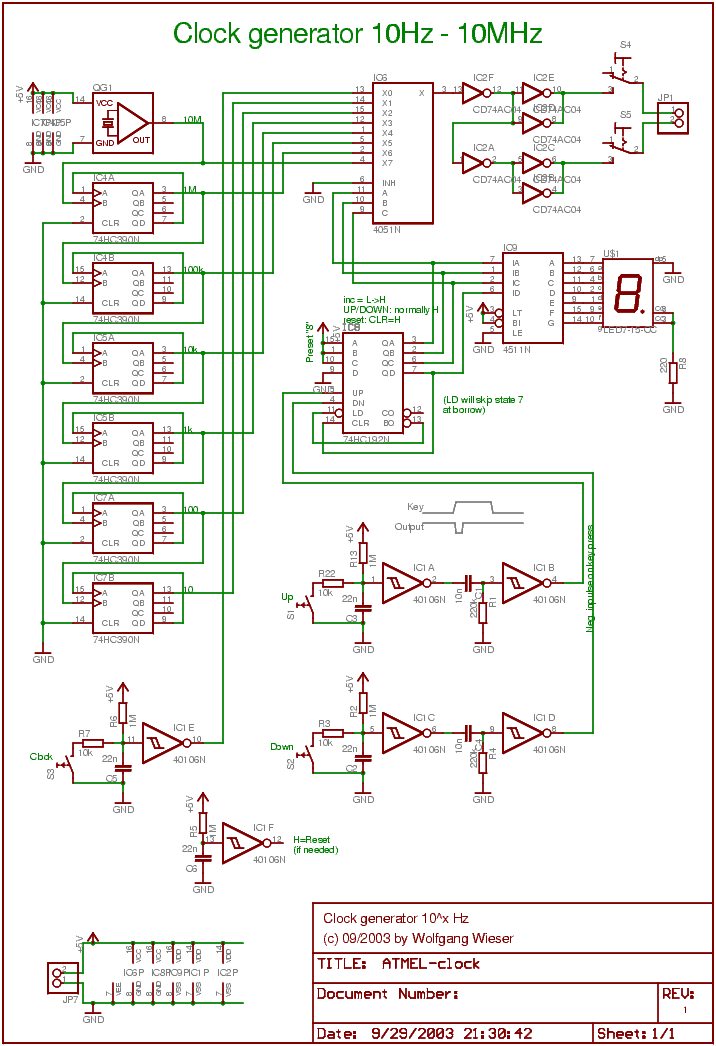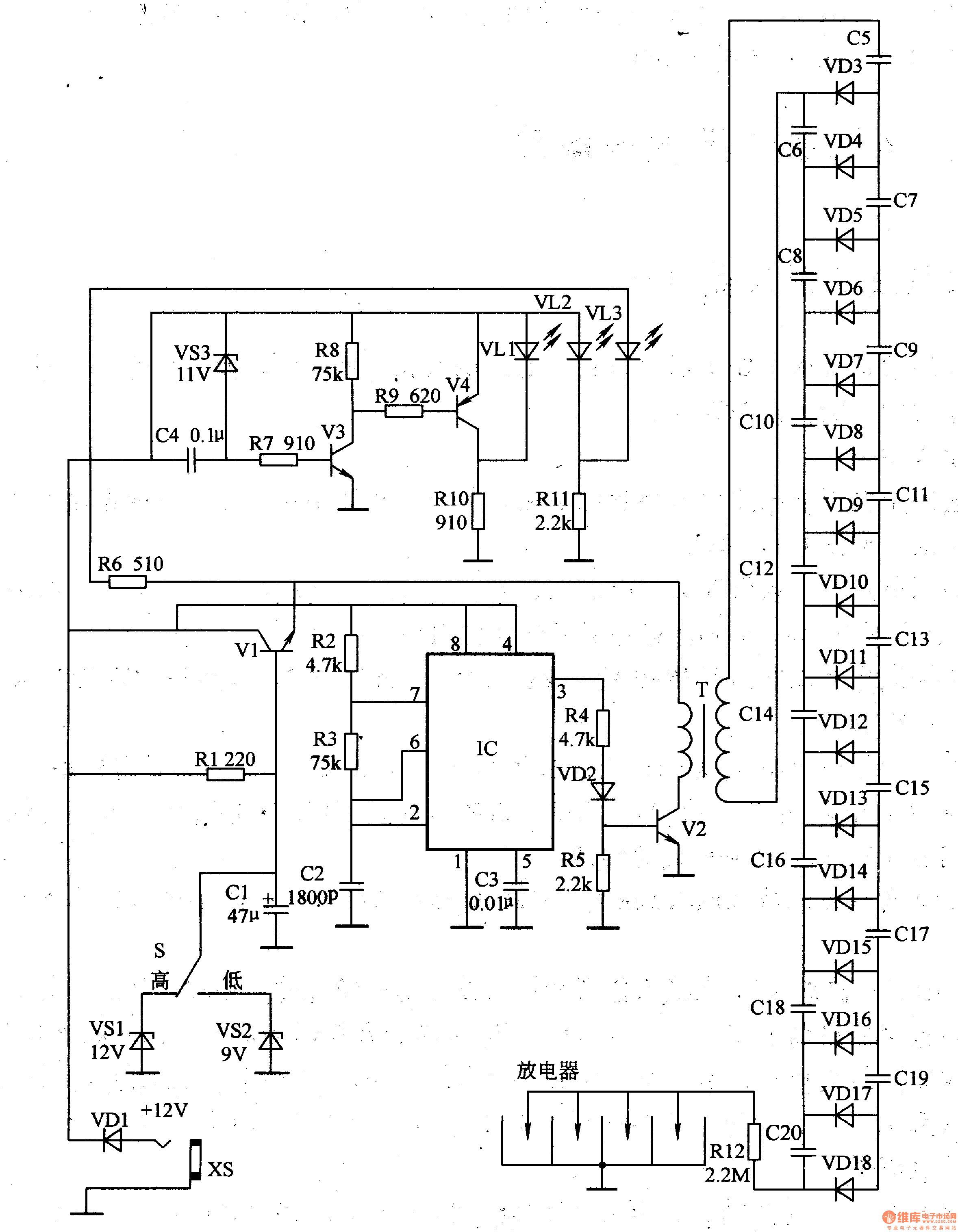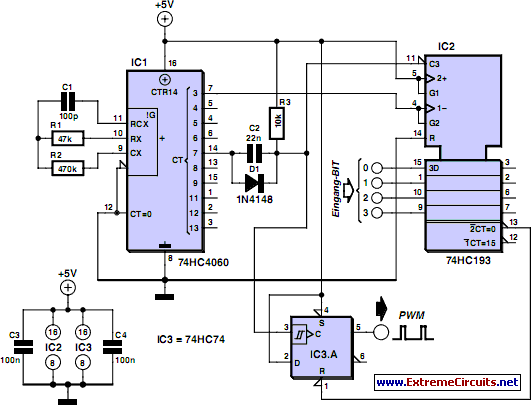
Rain sound effect Generator
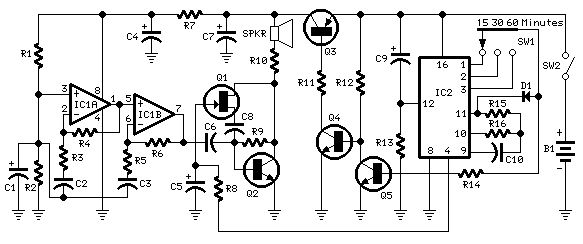
Sound effects generators trying to imitate rain sound or sea surf are well known to hobbyists from many years: their purpose is to induce relaxation and sleep or to help in concentration and study. The sound generated is restrained to a background level and these devices are frequently kept on the night table.
Sound effects generators designed to replicate natural sounds, such as rain or ocean waves, typically utilize a combination of electronic components to create a soothing auditory experience. These devices often include a microcontroller or dedicated sound chip that stores various sound samples. The sound samples are usually recorded at high quality to ensure realism, and they can be looped seamlessly to create an uninterrupted playback experience.
The output stage of these generators usually consists of an audio amplifier connected to a speaker. The amplifier is designed to provide sufficient power to drive the speaker while keeping distortion to a minimum, ensuring that the sound remains pleasant and calming. Additionally, a low-pass filter may be implemented to smooth out the high-frequency components of the sound, further enhancing the relaxing effect.
User interface elements, such as potentiometers or buttons, allow users to adjust the volume and select different sound profiles. Some advanced models may also feature timers, enabling the device to turn off automatically after a predetermined period, which is particularly useful for users who wish to fall asleep to the sounds.
Power supply options can vary, with some devices powered by batteries for portability, while others may be designed for use with an AC adapter. Circuit protection features, such as fuses or over-voltage protection, are often included to safeguard the device against electrical faults.
In summary, sound effects generators for imitating rain or sea surf are thoughtfully designed electronic devices that combine sound synthesis techniques with user-friendly interfaces to promote relaxation and concentration. These devices serve as effective tools for enhancing the ambient environment, particularly in settings conducive to sleep or study.Sound effects generators trying to imitate rain sound or sea surf are well known to hobbyists from many years: their purpose is to induce relaxation and sleep or to help in concentration and study. The sound generated is restrained to a background level and these devices are frequently kept on the night table.
🔗 External reference
Sound effects generators designed to replicate natural sounds, such as rain or ocean waves, typically utilize a combination of electronic components to create a soothing auditory experience. These devices often include a microcontroller or dedicated sound chip that stores various sound samples. The sound samples are usually recorded at high quality to ensure realism, and they can be looped seamlessly to create an uninterrupted playback experience.
The output stage of these generators usually consists of an audio amplifier connected to a speaker. The amplifier is designed to provide sufficient power to drive the speaker while keeping distortion to a minimum, ensuring that the sound remains pleasant and calming. Additionally, a low-pass filter may be implemented to smooth out the high-frequency components of the sound, further enhancing the relaxing effect.
User interface elements, such as potentiometers or buttons, allow users to adjust the volume and select different sound profiles. Some advanced models may also feature timers, enabling the device to turn off automatically after a predetermined period, which is particularly useful for users who wish to fall asleep to the sounds.
Power supply options can vary, with some devices powered by batteries for portability, while others may be designed for use with an AC adapter. Circuit protection features, such as fuses or over-voltage protection, are often included to safeguard the device against electrical faults.
In summary, sound effects generators for imitating rain or sea surf are thoughtfully designed electronic devices that combine sound synthesis techniques with user-friendly interfaces to promote relaxation and concentration. These devices serve as effective tools for enhancing the ambient environment, particularly in settings conducive to sleep or study.Sound effects generators trying to imitate rain sound or sea surf are well known to hobbyists from many years: their purpose is to induce relaxation and sleep or to help in concentration and study. The sound generated is restrained to a background level and these devices are frequently kept on the night table.
🔗 External reference
